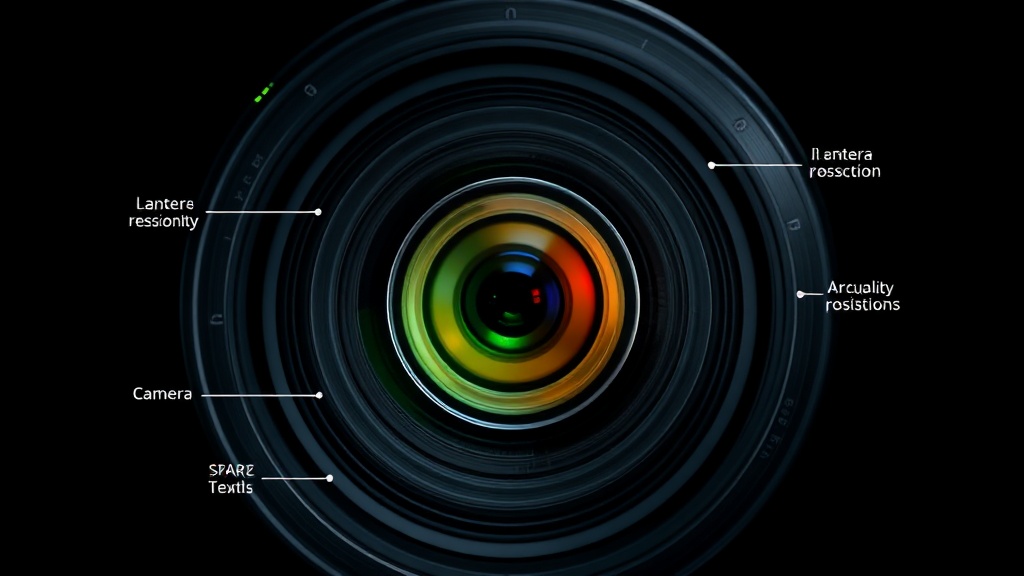AI Quality Analysis: Camera Positions & fal-ai-flux-dev
- 2 minutes read - 385 words
Table of Contents
This analysis focuses on the AI quality of images generated for different camera positions using the fal-ai-flux-dev engine. We evaluate the images based on metrics like entropy, noise, and accuracy to understand the performance of the AI model and identify areas for improvement. This data provides valuable insights into the strengths and weaknesses of the AI model in generating images for specific camera positions.
AI Quality Findings for Camera Positions
- Entropy and Noise: The analysis reveals that images generated for certain camera positions exhibit higher entropy and noise levels, indicating potential issues with image clarity and detail. This suggests that the AI model might struggle to accurately represent these camera perspectives.
- Accuracy: The accuracy scores, based on image error and overall error, highlight areas where the AI model performs well and where it needs improvement. Some camera positions show higher accuracy scores, indicating a better ability to generate images that align with the intended scene.
- Realism: The realism scores, based on the likelihood of the image being generated by AI, provide insights into the model’s ability to create images that appear natural and believable. Certain camera positions might produce images that are more easily identified as AI-generated, suggesting potential limitations in the model’s realism capabilities.
Image Examples
Understanding the Impact of Camera Positions
The analysis highlights the importance of considering camera positions when evaluating AI image quality. Different camera perspectives can significantly impact the performance of the AI model, leading to variations in entropy, noise, accuracy, and realism. Understanding these variations is crucial for optimizing the AI model and improving the quality of generated images.
Conclusion
This analysis provides valuable insights into the AI quality of images generated for different camera positions using the fal-ai-flux-dev engine. The findings highlight the importance of considering camera perspectives when evaluating AI image quality and suggest areas for improvement in the AI model’s performance. By addressing these areas, we can enhance the overall quality of generated images and ensure a more consistent and reliable AI image generation process.


